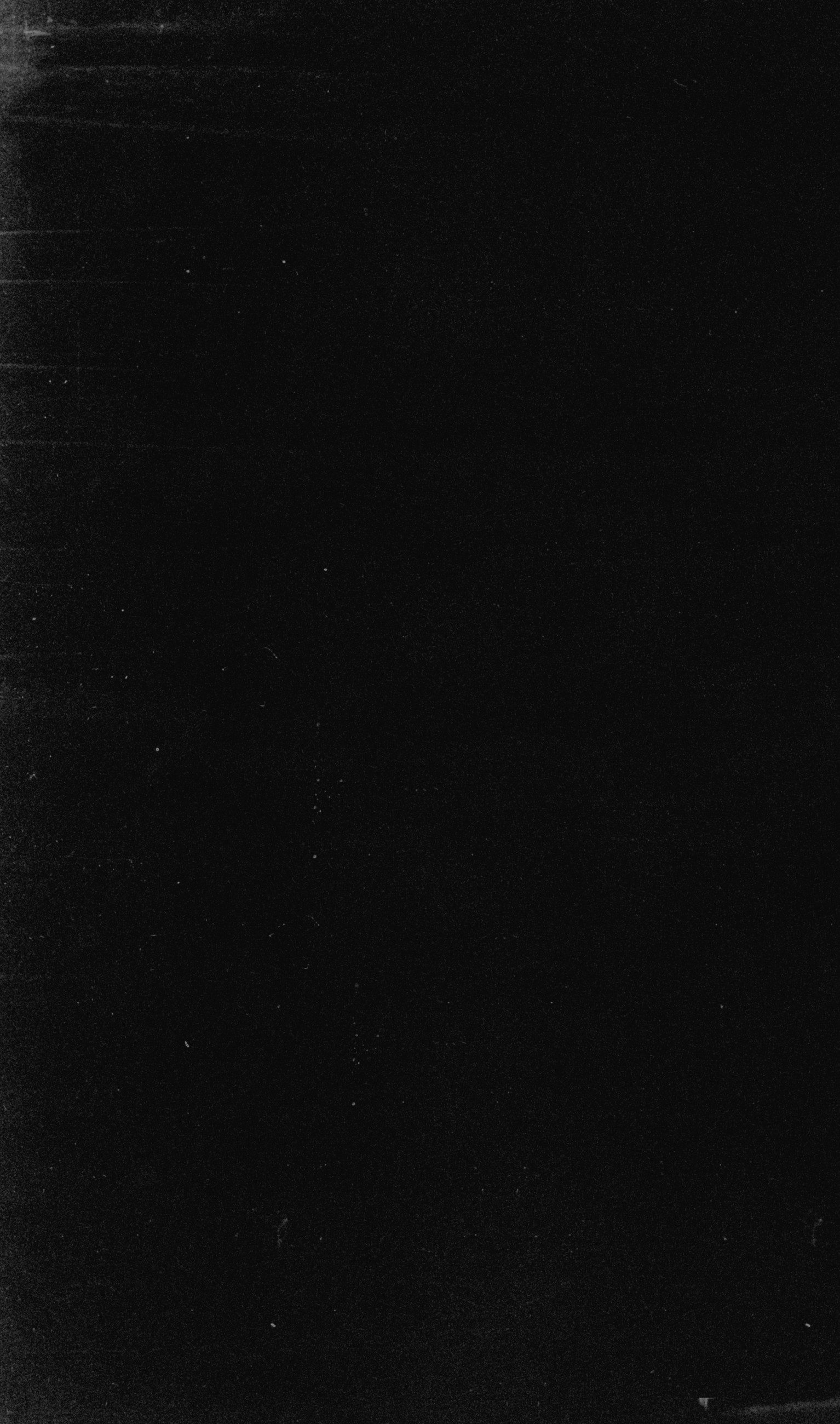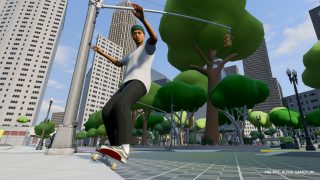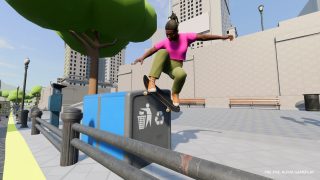
skate.
The Board Room: Episode 04
The team takes you behind-the-scenes as they discuss onboard and skating mechanics
We’re back in The Board Room! As you’ll see in Episode 4 of The Board Room, this time we're coming to you in an entirely new location. Since we’re talking all things onboard and skating mechanics, we thought it was only fitting if we brought this episode to you straight from our Capture Lab in Vancouver, where all of our motion capture magic happens!
In this episode, we’re pulling back the curtain and letting you in on the process of capturing new tricks, how we’re integrating tricks into our playtesting, as well as sharing our excitement about all the new features, animations and tricks we’re working on for skate.™
Here are a few of the highlights from Episode 4:
- We’re still building a skate game - we still have that DNA and we're building in new mechanics for skate. to represent the freedom of self-expression and options inherent in modern skateboarding.
- New mechanics means new tricks! Here’s some of the new tricks we’re currently working on:
- Wallies
- Slappies
- Boned ollies
- Variable speed flip tricks
- Held flip tricks
- We want to make sure that players have an ever-expanding tool box of choices so they have creative freedom within San Vansterdam.

A skateboarder doing a kickflip over a metal fence barrier.
- At this early stage, we’re prioritizing the riskier systems first, things that none of the previous skate. games have had, and making sure we get those right.
- It’s important to us that while we invest and prioritize the onboard mechanics, we maintain a level of balance at both ends of the skill spectrum - for both our advanced players as well as new players.
- We want these gameplay mechanics to give players the ability to perform realistic skateboarding while still maintaining the chaos, fun and physics for which Skate is known.
- We’re constantly getting inspired from skate videos that we’re watching and trying to figure out how we could get some of those tricks into the game
- For example, how players can handle the environment around them. Looking through the lens of, how do we take it from your deck hitting something and turning it into a trick and solving the problem?
- Such as utilizing slappies when approaching a curb instead of bumping into it over and over.
- For example, how players can handle the environment around them. Looking through the lens of, how do we take it from your deck hitting something and turning it into a trick and solving the problem?
- Wallies and Slappies
- These tricks come from real-life inspiration that we see in modern skating and play a unique role in-game for both experienced skate. players and new fans.
- As we’re developing these tricks we have to decide how active vs passive the action should be. For example, automatic or contextual vs specific input and timing.
- Once we decide on adding a new trick, we focus on the different ways you can perform that trick. For example, having the ability to powerslide into a slappy and lean out. You can also roll out into a bluntslide into the curb.
- From there, we bring skaters into our motion capture studio to capture the content we need.
- Once we’ve got the motion capture framework, the animation team gets to work.

A close-up of a skateboarder doing a slappy as they grind across a curb.
- Respecting the legacy of the franchise is critical, and one of the cornerstones of skate. is the giving you the freedom to skate your way. You can have a grounded, more realistic experience or you can have that more over the top experience.
- Our focus is on ensuring that both ends of these player fantasies can be met through our character reactions and physics tuning.
- We’re trying to dial in the controls so that it really feels like doing a wallie.

A skateboarder doing a wallie off of a recycling bin in the city.
- Through internal and external playtests, we're constantly using data and player feedback to identify and fix bugs and issues, and to find improvements that will drive consistent and fun experiences for the citizens of San Vansterdam.
- We go through various stages before we implement a new trick into our playtesting:
- First, we build a functional representative version of the trick.
- Then we test it internally.
- Next, we roll it out to our skate. Insider playtesters to get feedback on feel, functionality, and usability.
- Gathering playtesting feedback is instrumental in helping us develop skate.
- Having eyes on it so early and interacting in ways that we didn't even think of, allows us to help prioritize where we should go next.

A panned-out view of a skateboarder mid-air performing a pop shuv it.
- We’re also putting a lot of effort into improving our new transition skating.
- We have added climbing (flumping), allowing players to climb a wall instead of jumping at a ledge.
- The city has verticality! Exploration of the city extends beyond street level. You may discover an untouched gem of a spot on the top of a building.
- We have now moved into our ‘real’ game world, the city that will become San Vansterdam!
- The city isn’t done yet and it is still early, but some of the clips you’re seeing in this episode are from this new build.
Check out the full episode below for all the details on the onboard and skating mechanics!
As a reminder, you can sign up to become a skate. Insider for the chance to play the game during development and help us shape the future of skate. If you’ve already signed up, keep an eye on your inbox for an invite for future playtests in the coming months.
Stay in the loop by following skate. on Instagram, Twitter/X, TikTok, and Facebook and read all the latest news and updates from our team via the skate. newsroom. Join the conversation in our official Discord server and our community-run Reddit.
